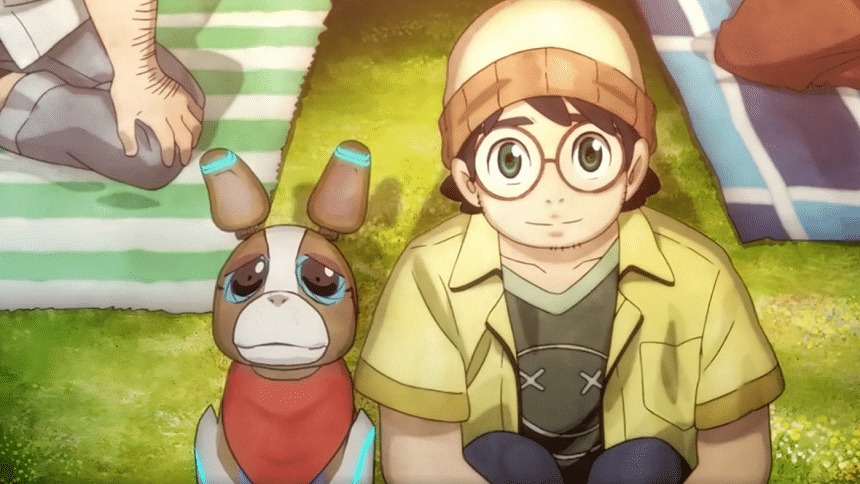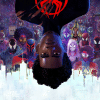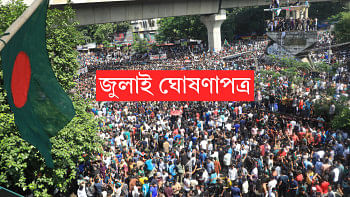Is AI the solution to the animation industry’s so-called “labour shortage”?

Recently, Netflix Anime Creators' Base, in a joint production with Rinna Inc. and WIT STUDIO, released a short anime film titled The Dog & The Boy, which sparked a lot of online debate.
According to Netflix Japan, the short film used AI to generate the background scenes as an experimental effort to help the anime industry, which they claim has a labour shortage. Their statement has since attracted immense criticism and outrage from internet users who felt that this was an excuse to avoid paying human artists and profiting off of unethical work.
There has been a lot of discourse around AI-generated art, and the use of AI in general recently. This is because applications like Dall-E and Midjourney have started using open-source models to allegedly train the AI to generate images based on pre-existing art taken from human artists without their permission. Art and animation are such subjective forms of human creative expressions that it's hard for us to admit that a similar level of artistry can now simply be generated by inputting some commands on a computer.
As famous Studio Ghibli director Hayao Miyazaki said, "I strongly feel that AI is an insult to life itself."
On the other hand, if we look at the anime video from a purely technical perspective, it is truly amazing how far artificial intelligence has come and how much it has adapted to performing such daunting tasks that would otherwise take days or even months to complete. This brings us to a very prevalent topic of discussion in our contemporary creative spaces. Will AI replace all creative artists? If so, what is the point of spending years studying and mastering a craft, to eventually just be replaced by an AI that can do the same job faster?
The animation industry is known for its long hours and low pay. Animators, voice actors, illustrators, and people who work in the industry have been advocating for improved pay and working conditions for years now. In 2017, a well-known illustrator, Kazunori Mizuno, allegedly passed away due to overworking. And there are many cases like this which never make it to the news. Abysmal work environments and paltry wages are only the tips of the iceberg though.
The bleak labour shortage that Netflix points to in their tweet is only aggravated by the fact that in 2021, a New York Times report revealed that illustrators get paid as little as USD 200 a month, which is nowhere near enough to sustain a healthy life and support a family in today's economy. Even top animators in Japan earn an estimated USD 1,400 to 3,800 a month.
Japan's animation industry has grown immensely in recent years, especially during the COVID-19 pandemic when streaming videos gained momentum, reportedly hitting an all-time revenue high of USD 18.4 billion. But what did not change and evolve with the times is the industry's treatment of its workers.
The situation actually appears to be the opposite of what Netflix is claiming. There is no labour shortage but rather, a shortage of companies willing to pay artists the wages they deserve.
This can partly be blamed on the industry's poor infrastructure which constricts the flow of profits to the studios which manage to get away with paying less than minimum labour wages. They know that there is a seemingly limitless pool of passionate bright-eyed artists willing to take the place of disgruntled employees unwilling to deal with the injustice.
The next couple of years will likely see the rapidly changing animation industry evolve by leaps and bounds. AI can be an extremely powerful tool if used properly for inspiration or reference, but are we, as a society, ready to use AI if it is used at the expense of starving artists?
Sara Kabir is a dreamer, a Literature graduate, and a writer. She is often found juggling academics and her countless hobbies. Follow her @scarletfangirl on Instagram for more.

 For all latest news, follow The Daily Star's Google News channel.
For all latest news, follow The Daily Star's Google News channel. 








Comments